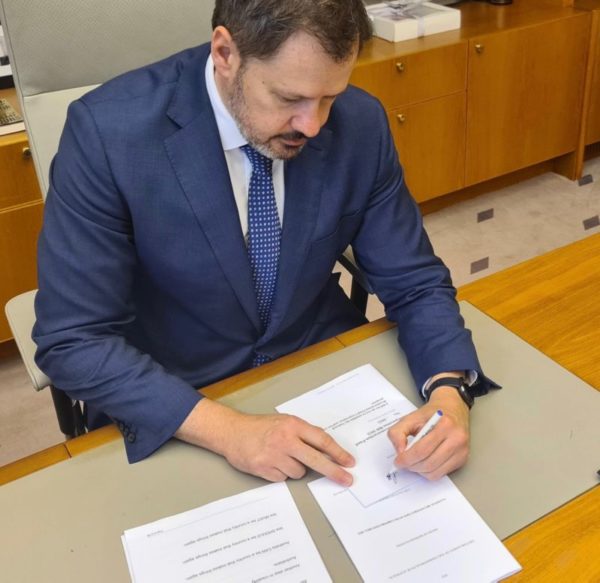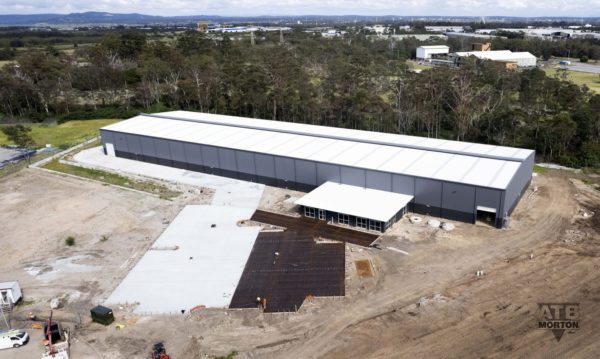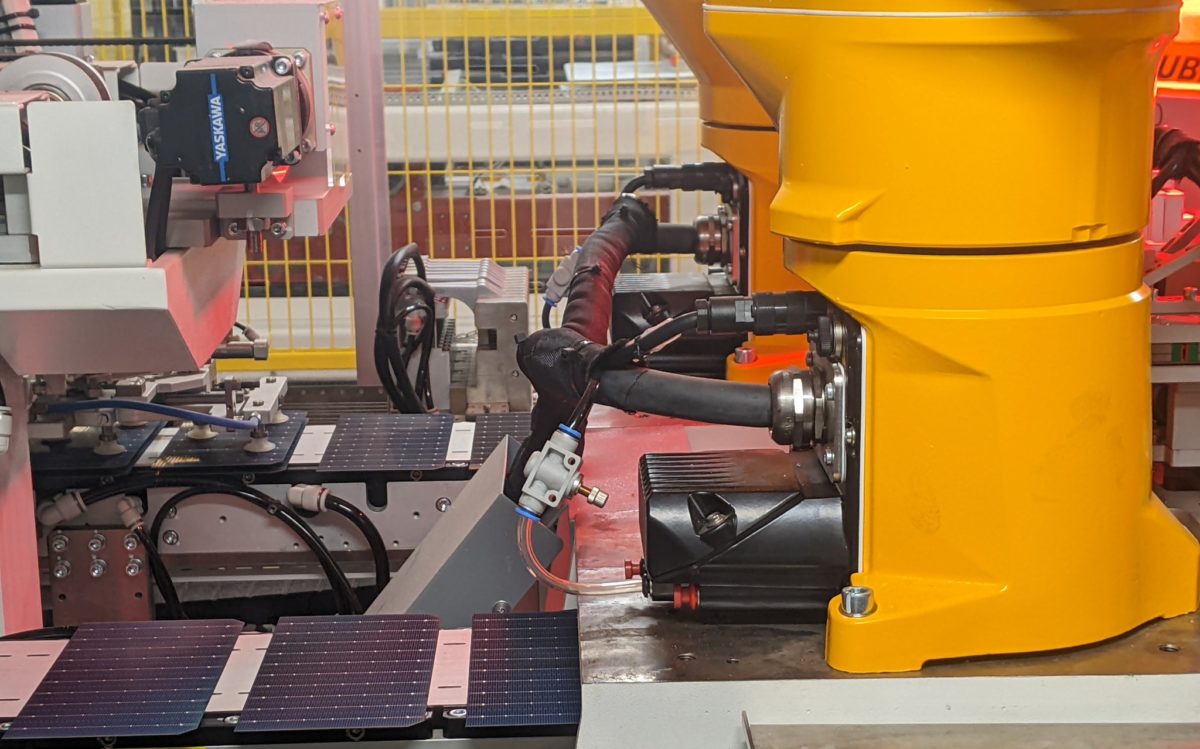With legislation to establish the $15 billion National Reconstruction Fund (NRF) introduced to parliament, the federal government will now begin consultation with investors and industry as it looks to shape the government-owned finance corporation which will allocate up to $3 billion to clean-energy component manufacturing and low-emissions technologies.
The bill laying the groundwork for the formation of the $15 billion fund was introduced to the House of Representatives on Wednesday by Industry Minister Ed Husic who said government will this week hold the first meetings to establish the peak group that will oversee the NRF in the hope of making investments next year.
“Around the world, industry policy is being remade to shore up local manufacturing capability,” Husic said.
“Now, Australia can be a bystander, or it can be a driver of change. We want to see Australia once more at the forefront of technological innovation and advanced manufacturing to make sure Australians benefit from our homegrown ingenuity.
“We want more Australian companies to think globally and build locally.”
Husic said the NRF will help Australian industry move up the ladder toward higher value-added activities, support the transition to a net-zero economy and improve supply chain resilience through an expanded national industrial base.
“We want to be a country that makes more onshore, and that means backing the businesses that are making things here and supporting manufacturing in regional Australia,” he said.

Image: Ed Husic
The NRF will deliver targeted co-investments in independently assessed projects across a range of strategic industries including resources value adding; transport; enabling capabilities across engineering; and critical technologies such as artificial intelligence and robotics.
The government has earmarked up to $3 billion of the NRF’s initial $15 billion to support renewables and low-emission technologies.
The fund will pursue commercial opportunities for the manufacture of clean energy components including wind turbines, and the production of batteries and solar panels and hydrogen electrolysers. It will also look to invest in the manufacture of green metals, agricultural methane reduction, and innovative solutions for waste reduction.
The NRF will be modelled on the Clean Energy Finance Corporation’s (CEFC) ‘co-investment’ model with government planning to partner with businesses and superannuation funds to unlock further potential private investment of more than $30 billion through the fund.
The fund is to be administered by an independent board, operating under a government mandate. It is expected the fund will provide multiple investment options including loans, guarantees and equity to support projects.

Image: Energy Renaissance
“The National Reconstruction Fund will play a key part in ensuring Australia is a country that makes things,” Prime Minister Anthony Albanese said in a statement. “It will help create secure local jobs, boost sovereign capability and diversify our nation’s industry and economy.”
The government said it will now work with industry to select a board and chair, which will help develop the fund’s investment mandate. It intends to have this work completed ahead of the May 2023 budget, which will make capital allocations for investment. The NRF is intended to be operational in July 2023.
Public consultation on the fund has also opened, focusing on further defining the scope of the fund and how it will make investment decisions.
Husic said companies seeking funding through the new initiative will need to have a business plan outlining how they will establish a solid company generating returns and creating secure, well-paid jobs.
“The NRF is the connective tissue between human capital and technological potential that shapes my portfolio,” he said. “It is one mechanism through which we will realise our ambition to better connect science and industry, to ensure Australian-made discoveries can be commercialised and scaled in our nation.”
This content is protected by copyright and may not be reused. If you want to cooperate with us and would like to reuse some of our content, please contact: editors@pv-magazine.com.









2 comments
By submitting this form you agree to pv magazine using your data for the purposes of publishing your comment.
Your personal data will only be disclosed or otherwise transmitted to third parties for the purposes of spam filtering or if this is necessary for technical maintenance of the website. Any other transfer to third parties will not take place unless this is justified on the basis of applicable data protection regulations or if pv magazine is legally obliged to do so.
You may revoke this consent at any time with effect for the future, in which case your personal data will be deleted immediately. Otherwise, your data will be deleted if pv magazine has processed your request or the purpose of data storage is fulfilled.
Further information on data privacy can be found in our Data Protection Policy.